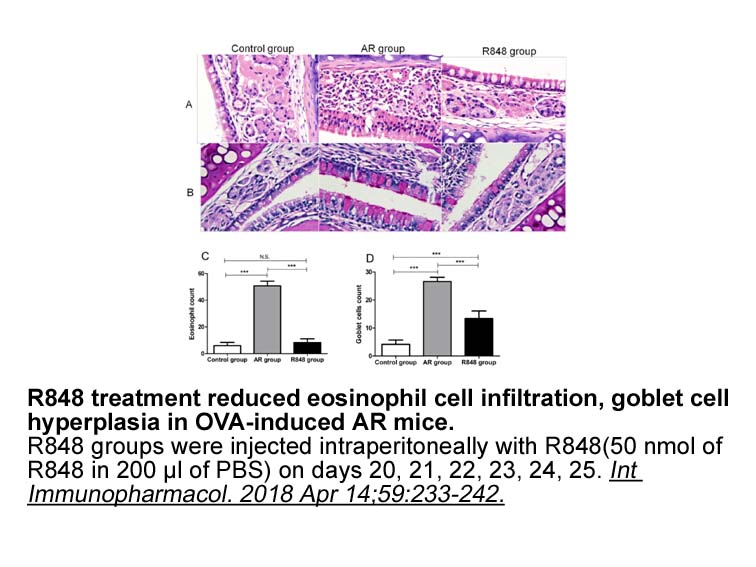Archives
annexin v BRCC is the catalytic subunit responsible
BRCC36 is the catalytic subunit responsible for the majority of K63-Ub-specific DUB activity in the cytoplasm and in the nucleus as part of two distinct macromolecular assemblies characterized by the presence of either of the MPN– pseudo DUB proteins KIAA0157 or Abraxas (Cooper et al., 2009, Dong et al., 2003, Sobhian et al., 2007). MERIT40 and BRCC45 are common subunits to both complexes. The Abraxas complex (ARISC) functions in DNA repair and breast cancer suppression, while the BRCC36 isopeptidase complex (BRISC) promotes interferon-dependent responses by deubiquitinating and stabilizing the type I interferon receptor, IFNAR1. Both BRCC36 complexes demonstrate tightly regulated DUB activity involving protein-protein interactions with their pseudo DUB subunits and with targeting proteins SHMT2 or RAP80. The latter two target the complexes to K63-Ub chains that are synthesized locally in response to cytokine receptor activation for BRISC or DNA double-strand breaks (DSBs) for ARISC (Kim et al., 2007, Sobhian et al., 2007, Wang et al., 2007, Zheng et al., 2013).
BRCC36 consists of a functional metalloprotease JAMM/MPN+ domain followed by a predicted coiled-coil region implicated in protein-protein interactions. MPN+ domain DUBs share a common fold architecture and catalytic mechanism for peptide bond cleavage involving coordination of a Zn2+ ion by two histidines and one aspartate, an active site glutamic annexin v that delivers a water molecule for hydrolysis of isopeptide bonds, and an active site serine residue thought to stabilize the tetrahedral transition state intermediate in a similar mechanism to that of Zn metalloproteases subtilisin and thermolysin (Ambroggio et al., 2004, Tran et al., 2003). MPN+ DUBs are implicated in cleaving ubiquitin chains from unfolded proteins (e.g., RPN11 subunit within the proteasome), while others show specificity for hydrolysis of the ubiquitin-like protein Nedd8 (e.g., CSN5 cleaving Nedd8 from Cullins), and, finally, several are highly selective for particular chain linkages (e.g., AMSH and BRCC36). The archetype family member AMSH-LP cleaves K63 linked ubiquitin chains and represents the only member for which a structural basis for chain recognition has been determined (Sato et al., 2008).
MPN+ domain DUBs can act in isolation, as exemplified by AMSH-LP, or in macromolecular assemblies to cleave poly ubiquitin chains of varied linkage types. In protein complexes, an MPN+ domain can associate with pseudo MPN domains (MPN–) for purposes that are not well understood. MPN– domains are recognizable by the absence of essential Zn2+-coordinating residues that are required for catalytic function. Established MPN+–MPN– domain pairings include CSN5 and CSN6 in the COP9 signalosome and RPN11 and RPN8 in the proteasome. While the mode of MPN+–MPN– interaction is conserved between these two systems (Deshaies, 2014, Lingaraju et al., 2014, Pathare et al., 2014, Worden et al., 2014), no precise function has been ascribed to either MPN– domain, and neither structure has been probed deeply for insights into how the MPN– domain might support MPN+ domain function.
The importance of the MPN– subunit in BRISC and ARISC minimally serves a 2-fold purpose, first to support DUB activity and second to mediate protein–protein interactions. KIAA0157 and Abraxas are required for the cat alytic function of BRCC36 in both complexes and enable association of two additional shared subunits (BRCC45 and MERIT40) to each holoenzyme. Moreover, BRCC36 interactions with KIAA0157 or Abraxas are necessary for association with the holoenzyme specific adaptor subunits, SHMT2 and RAP80, which target their respective DUB complex to sites of K63-Ub synthesis.
alytic function of BRCC36 in both complexes and enable association of two additional shared subunits (BRCC45 and MERIT40) to each holoenzyme. Moreover, BRCC36 interactions with KIAA0157 or Abraxas are necessary for association with the holoenzyme specific adaptor subunits, SHMT2 and RAP80, which target their respective DUB complex to sites of K63-Ub synthesis.
Results
Discussion
Our protein expression and co-purification studies on ARISC and BRISC in insect cells, native mass spectrometry analysis of HsBRISC, crystallographic and SAXS analyses on the CfBRCC36–KIAA0157 complex, mutational and (in vitro and cellular) functional studies on ARISC and BRISC support the minimal architecture model for BRISC shown in Figure S2 (boxed). This model is applicable to ARISC with only the substitution of the paralogous subunit of KIAA0157 with Abraxas (40% identity, 65% similarity). Two BRCC36–KIAA0157 heterodimers assemble as a higher-order super dimer at the center of the holoenzyme. Each KIAA0157 subunit recruits a BRCC45 subunit (as inferred by mass spectrometry Figure S2B, red oval), which in turn recruits a MERIT40 subunit.